This study reports gates between qubits encoded in the nuclear spin state of Yb atoms trapped in optical tweezers, reaching very high fidelity and demonstrating mid-circuit conversion of errors into erasure errors.



Scars of collisions with other universes could show up in radiation from the big bang. A new experiment aims to mimic these collisions and help us look for them.
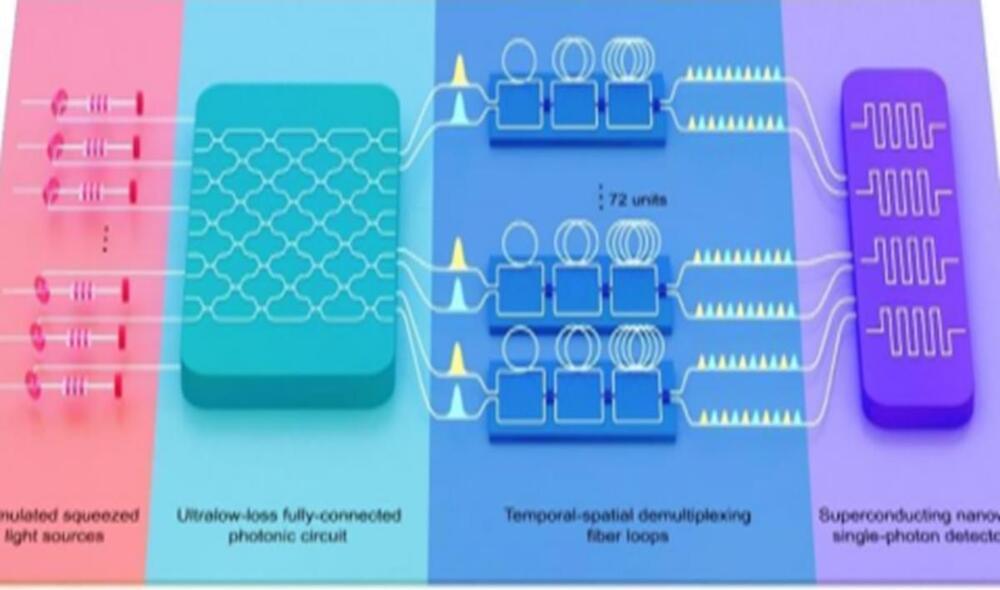
With the successful development of the Jiuzhang 3.0 quantum computer prototype, which makes use of 255 detected photons, China continues to hold a world-leading position in the field of quantum computer research and development, lead scientists for the program told the Global Times on Wednesday.
The research team, composed of renowned quantum physicists Pan Jianwei and Lu Chaoyang from the University of Science and Technology of China in collaboration with the Shanghai Institute of Microsystem and Information Technology under the Chinese Academy of Sciences and the National Parallel Computer Engineering Technology Research Center, announced the successful construction of a 255-photon-based prototype quantum computer named Jiuzhang 3.0 early Wednesday morning.
The quantum computing feat accomplished by the team of talents achieves a speed that is 10 quadrillion times faster in solving Gaussian boson sampling (GBS) problems compared with the world’s fastest supercomputers.
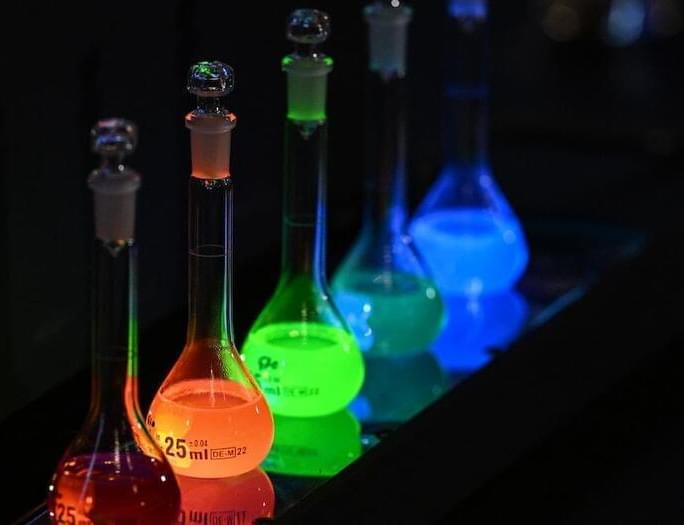
The first people to make and use quantum dots were glassmakers. Working thousands of years ago, they realized that the same chemical mixture could turn glass into different colors, depending on how they heated it.
This year’s Nobel Prize in Chemistry honors three scientists who, along with their colleagues, students, and staff, figured out why the ancient glassmakers’ methods worked — and how to control them much more precisely. During the waning days of the Cold War, Alexei Ekimov and Louis Brus, working in separate labs on opposite sides of the Iron Curtain, both discovered the same thing: that tiny crystals (just millionths of a millimeter wide) act very differently than larger pieces of the exact same material. These tiny, weird crystals are called quantum dots, and just a few years after the Berlin Wall fell, Moungi Bawendi figured out how to mass-produce them.
That changed everything. Quantum dots are crystals so small that they follow different rules of physics than the materials we’re used to. Today, these tiny materials help surgeons map different types of cells in the body, paint vivid color images on QLED screens, and give LED lights a warmer glow.
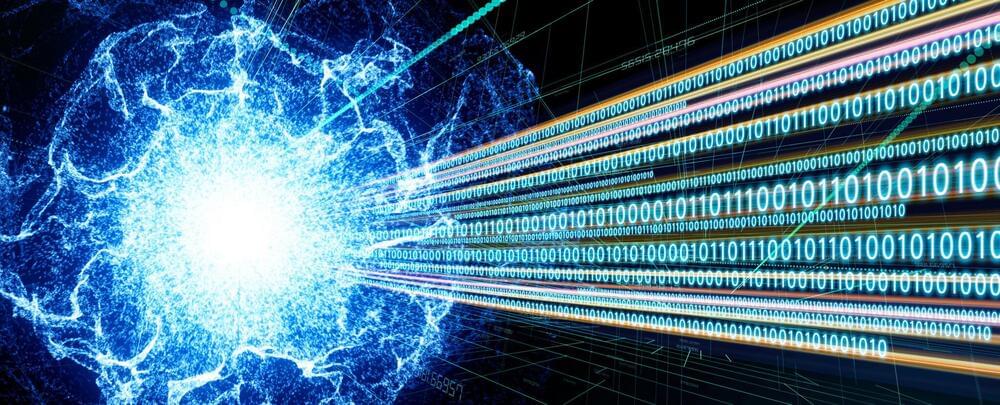
Europe is pushing to create a network infrastructure based on quantum physics.
In May 2023, Dr. Benjamin Lanyon at the University of Innsbruck in Austria took an important step toward creating a new kind of internet: he transferred information along an optical fiber 50 kilometers long using the principles of quantum physics.
Information in quantum physics differs from the units of data—binary digits—stored and processed by computers that form the core of the current World Wide Web. The quantum physics realm covers the properties and interactions of molecules, atoms and even smaller particles such as electrons and photons.
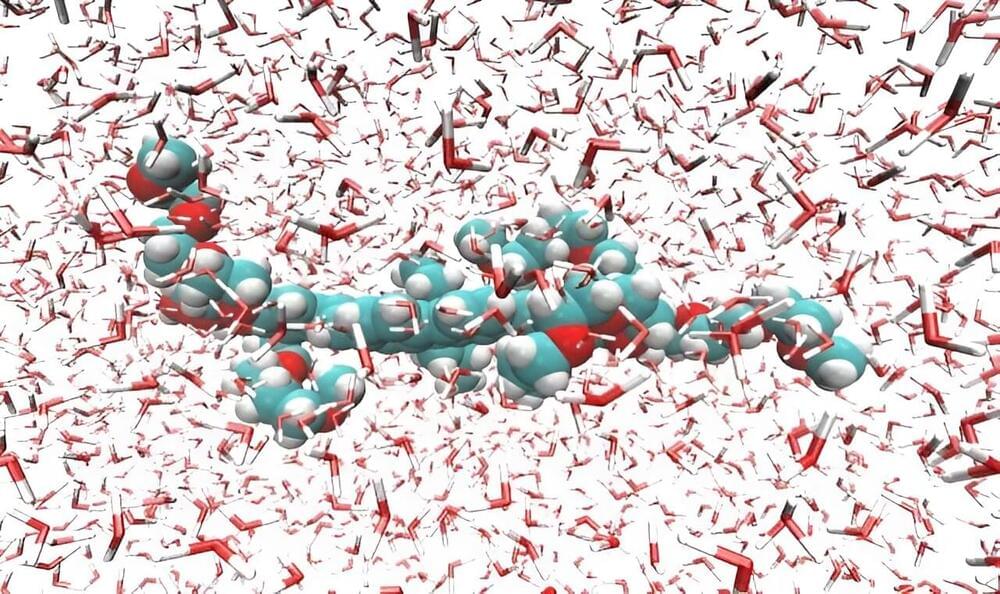
Absorption spectroscopy is an analytical chemistry tool that can determine if a particular substance is present in a sample by measuring the intensity of the light absorbed as a function of wavelength. Measuring the absorbance of an atom or molecule can provide important information about electronic structure, quantum state, sample concentration, phase changes or composition changes, among other variables, including interaction with other molecules and possible technological applications.
Molecules with a high probability of simultaneously absorbing two photons of low-energy light have a wide array of applications: in molecular probes for high-resolution microscopy, as a substrate for data storage in dense three-dimensional structures, or as vectors in medicinal treatments, for example.
Studying the phenomenon by means of direct experimentation is difficult, however, and computer simulation usually complements spectroscopic characterization. Simulation also provides a microscopic view that is hard to obtain in experiments. The problem is that simulations involving relatively large molecules require several days of processing by supercomputers or months by conventional computers.

In a recent publication in EPJ Quantum Technology, Le Bin Ho from Tohoku University’s Frontier Institute for Interdisciplinary Sciences has developed a technique called time-dependent stochastic parameter shift in the realm of quantum computing and quantum machine learning. This breakthrough method revolutionizes the estimation of gradients or derivatives of functions, a crucial step in many computational tasks.
Typically, computing derivatives requires dissecting the function and calculating the rate of change over a small interval. But even classical computers cannot keep dividing indefinitely. In contrast, quantum computers can accomplish this task without having to discrete the function. This feature is achievable because quantum computers operate in a realm known as “quantum space,” characterized by periodicity, and no need for endless subdivisions.
One way to illustrate this concept is by comparing the sizes of two elementary schools on a map. To do this, one might print out maps of the schools and then cut them into smaller pieces. After cutting, these pieces can be arranged into a line, with their total length compared (see Figure 1a). However, the pieces may not form a perfect rectangle, leading to inaccuracies. An infinite subdivision would be required to minimize these errors, an impractical solution, even for classical computers.
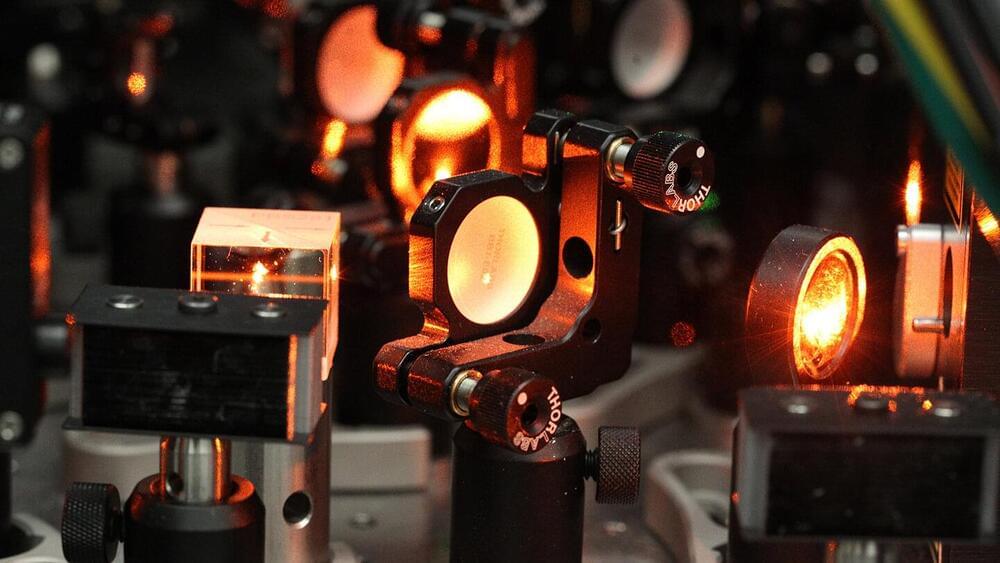
Researchers have developed a method that can reveal the location of errors in quantum computers, making them up to 10 times easier to correct. This will significantly accelerate progress towards large-scale quantum computers capable of tackling the world’s most challenging computational problems, the researchers said.
Led by Princeton University’s Jeff Thompson, the team demonstrated a way to identify when errors occur in quantum computers more easily than ever before. This is a new direction for research into quantum computing hardware, which more often seeks to simply lower the probability of an error occurring in the first place.
A paper detailing the new approach was published in Nature on Oct. 11. Thompson’s collaborators include Shruti Puri at Yale University and Guido Pupillo at Strasbourg University.

Exploring the interface between classical and quantum physics and where it breaks down to provide answers for some long-standing mysteries.
To understand the behavior of tiny, microscopic entities such as elementary particles, atoms, and even molecules, it is necessary to apply the mind-bending principles of quantum mechanics. In this realm, physics takes on bizarre properties necessary to unravel the perplexing behaviors of the Universe at this level.
In stark contrast, the macroscopic world we navigate daily adheres faithfully to the more comforting and intuitive laws of classical physics, which serve as approximations to much more complex quantum laws. These classical laws, while impressively accurate for our everyday experiences, merely graze the surface of the quantum mechanics that orchestrates the Universe at its smallest scales.
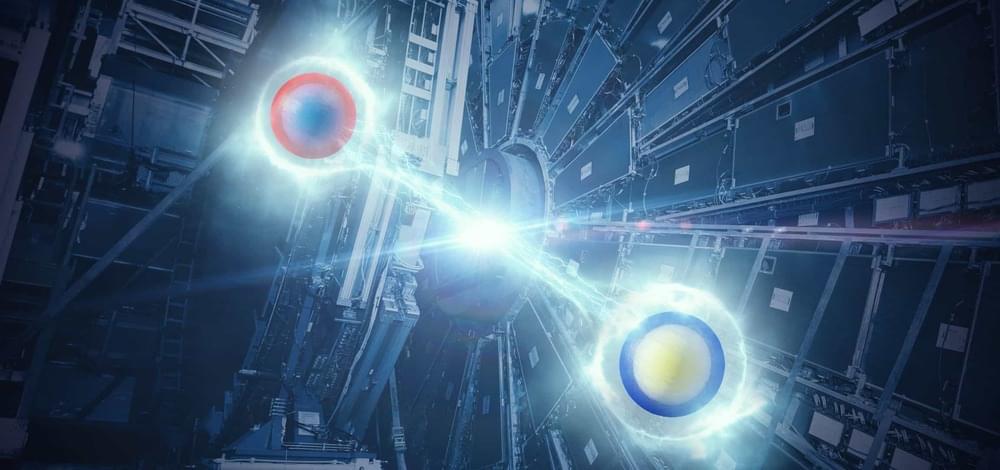
Physicists working on the ATLAS experiment at CERN have observed entanglement between pairs of top quarks for the first time. The finding demonstrates that entanglement can occur at energies more than 12 orders of magnitude higher than is typical for laboratory entanglement experiments. They also show that particle-physics facilities such as CERN’s Large Hadron Collider (LHC) can be used to study quantum mechanics and quantum information.
\r \r.
Entanglement is one of quantum mechanics’ strangest features. Dubbed “spooky action at a distance” by Albert Einstein, it creates an invisible connection between two objects that share a joint quantum state, such that measuring the state of one object – the spin of a particle, for example – immediately gives the state of the other, regardless of the distance between them. Many objects have been entangled, including photons, atoms and molecules as well as larger objects such as macroscopic diamonds.